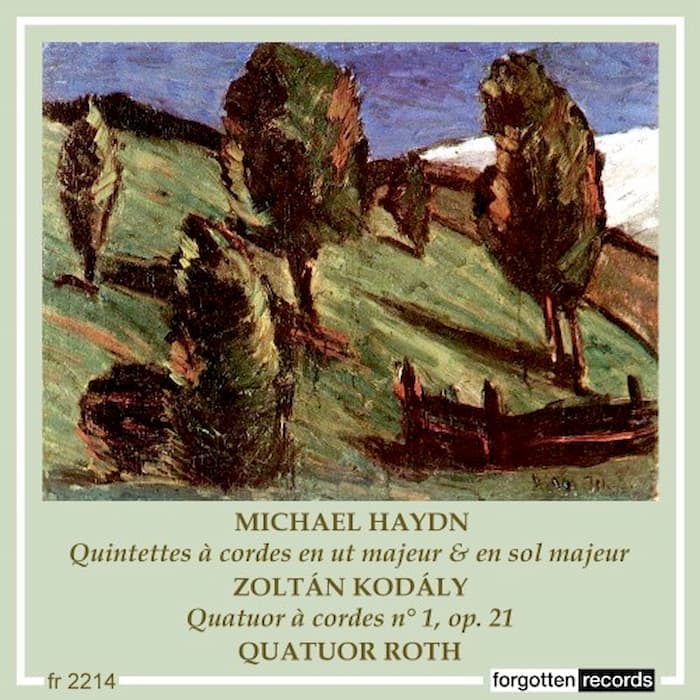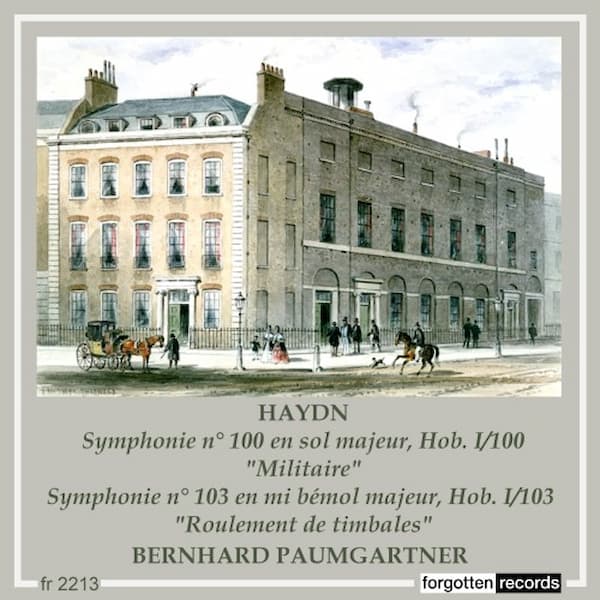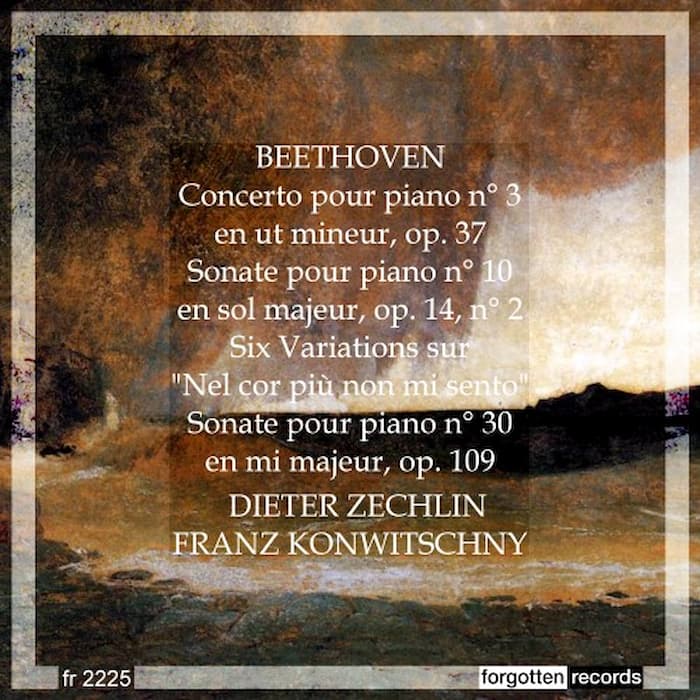François Couperin (1668–1733) was a French composer, organist, and harpsichordist from a distinguished musical family. His father, Charles, was an organist, as was his uncle Louis; both had served at the Church of Saint-Gervais in Paris. In addition to being an organist, Louis was also an esteemed keyboard virtuoso and composer. At François’ father’s death in 1679, he left his position at Saint-Gervais to his 11-year-old son, a common practice. The church had to hire an of-age organist, Michel Richard Delalande, to play in his place until François could take over at age 18. Tracking his stipend, though, indicates that the young Couperin took over long before he was 18, as his stipend increased from 100 livres a year to 400 livres.
By 1673, Couperin was succeeding his teacher Jacques-Denis Thomelin as organist for the court of Louis XIV, all while still playing at Saint-Gervais and composing. At the court, chamber music was added to his repertoire.
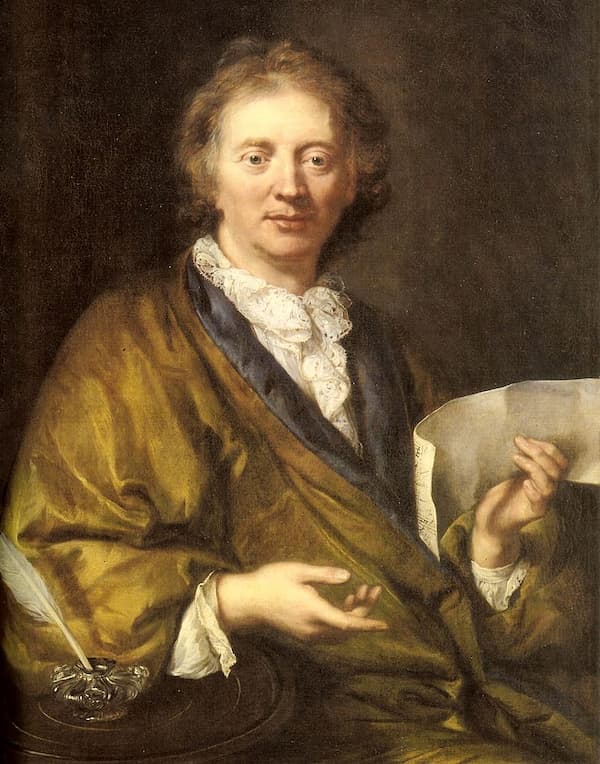
Anonymous: François Couperin (Château de Versailles)
He published his Pièces d’orgue in 1670, and then, with a privilege from the king, in 1713, he started to publish his Pièces de clavecin. The four volumes of his harpsichord music appeared in 1713, 1717, 1722, and 1730 and contained, by the end, over 230 individual works. His most famous book was published in 1716. L’art de toucher le clavecin (The Art of Harpsichord Playing) was a detailed explanation of keyboard techniques, including fingerings, touch, ornamentation, and included 8 preludes and an Allemande that demonstrated the Italianate style that he discovered in Corelli’s music.
Within the books of harpsichord music, each book is grouped into ordres, a suite-like organization that includes both dances and works with descriptive titles. Couperin uses the works to express mood through his choice of keys, the harmonies he uses, and how he resolves (or doesn’t resolve) dissonances. They have been compared to miniature tone poems.
Their titles seem to instantly conjure up images: La Lugubre (The Gloomy One), Les Abeilles (The Bees), L’Enchanteresse (The Enchantress), Les Idées Heureuses (The Happy Ideas), La Badine (The Tease) or Les Barricades Mystérieuses (The Mysterious Barricades). Other works refer to people, either real or historical Cléopâtre mourante (Dying Cleopatra). In his preface to the First Book (1713), Couperin indicated that these works are, in some cases, portraits. Through these works, Couperin was able to give the harpsichord ‘a soul’ and to move instrumental music into the position of vocal music, or, as Mendelssohn put it, to create songs without words.
In the First Book, the third ordre in C major-minor, we have a collection of dances: Allemande, Courante, Sarabande, Gavotte, Menuet, in short, the dances of the French court. No. 4 of the collection, a sarabande is La lugubre.
François Couperin: Clavichord Pieces (Volume I) – La Lugubre
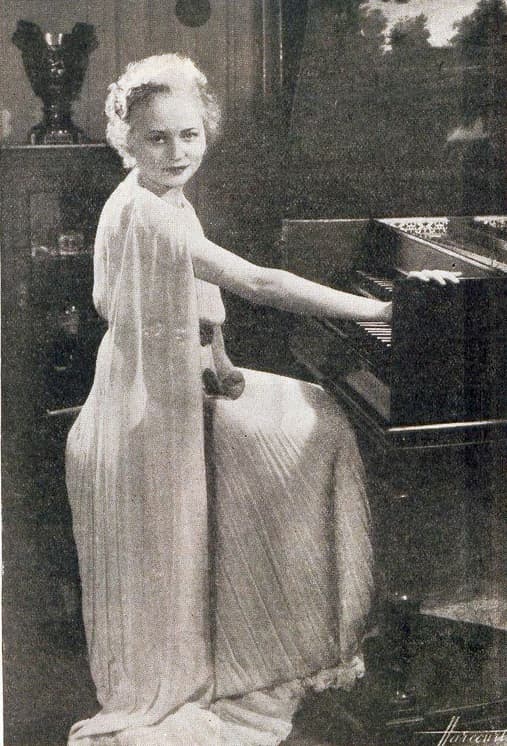
Marcelle de Lacour, 1939
This recording was made from December 1937 through January 1938 in Paris with Marcelle de Lacour at the harpsichord.
French harpsichordist, harpist and singer Marcelle de Lacour (1896–1997) moved to Paris in the 1920s and studied there with Wanda Landowska. Her repertoire was French and German composers of the Baroque and Classical periods (Loeillet, Bodin de Boismortier, Lalande, Lully, Charpentier, Couperin, Rameau, Purcell, Pachelbel, Bach, Schütz, Buxtehude, Scarlatti, Handel, Telemann) but she also supported contemporary composers such as Bohuslav Martinů, Florent Schmitt, Alexandre Tansman, and Francis Poulenc and was the dedicatee of several of their works. Before WWII, she toured France, the UK, and Europe as a recitalist. During the war, she retired to the south of France. After the war, she performed with several French orchestras, with the Pasquier Trio, and as a duo with flautist Jean-Pierre Rampal. She had an extensive recording career. She taught harpsichord at the Paris Conservatoire, creating the class in 1955 and teaching there until 1967.
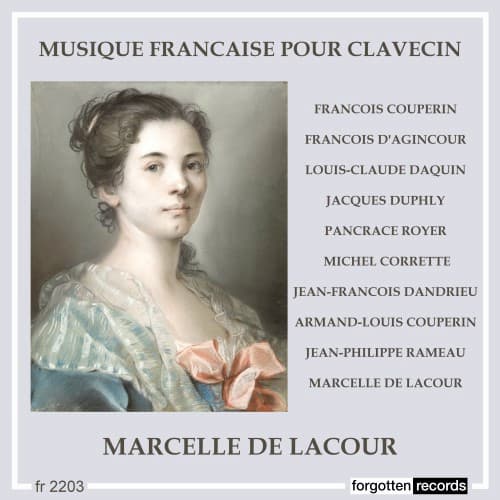
Performed by
Marcelle de Lacour
Recorded in 1957
Official Website
For more of the best in classical music, sign up for our E-Newsletter

